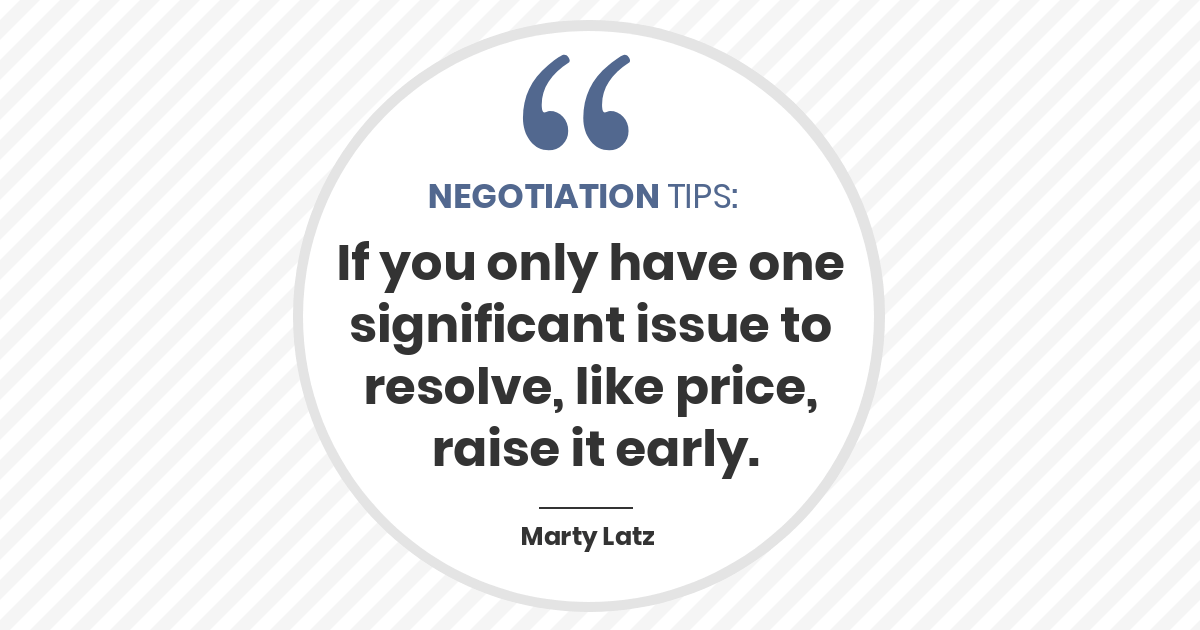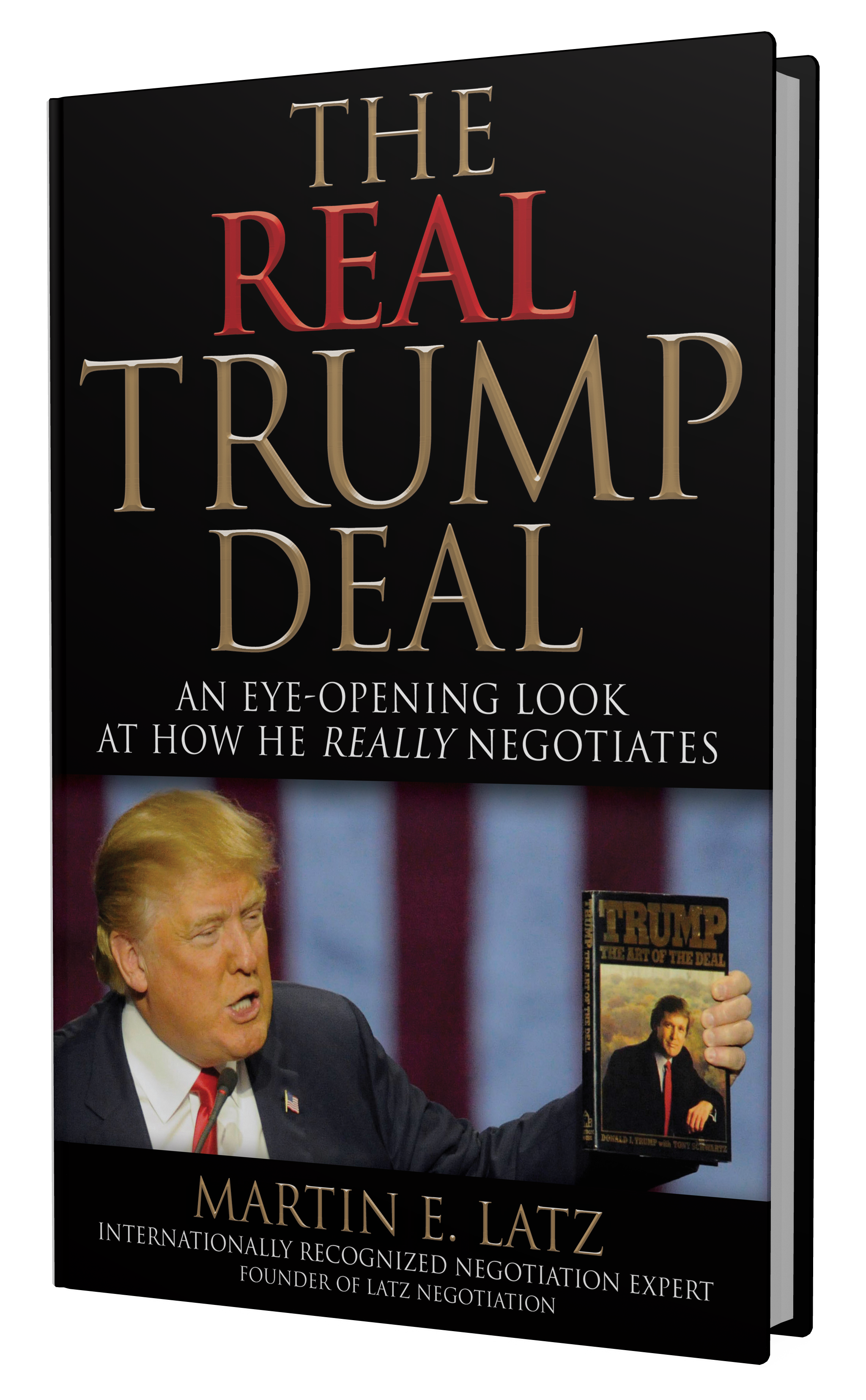“Why waste time dealing with those other issues if we can’t even agree on price? Let’s just start with price and, if we can reach agreement on it, then we can address the rest.”
This not-uncommon approach appears to make intuitive sense. After all, no one disputes the increasing demands on our time.
Yet this seemingly efficient approach can have significant drawbacks and can increase the likelihood of reaching an impasse — and even preventing a potentially great deal.
So what should you do?
1. Evaluate the relationship factor.
Do you care about a business or personal relationship with the other side after the negotiation concludes?
If you do, then avoid the “cut to the chase” mentality of the “deal-breaker-first” strategy.
Instead, generate positive momentum by starting with issues on which all sides can agree relatively easily and leave the more competitive and difficult issues to the end.
First develop a good, trusting working relationship. Then use it to tackle the harder issues.
2. Consider the number factor.
If you only have one significant issue to resolve, like price, raise it early.
But as the number of issues increases (say you have 15 important issues and three deal-breakers), so does the likely success of building up positive momentum to address the more difficult issues.
For example, my wife and I recently purchased a vacation home and the only significant issue was price. That’s where we started.
On the other hand, I regularly get inquiries from potential clients requesting my fees since I don’t list them on my Web site or in my marketing materials.
Instead, I list my fees in a straightforward chart at the end of my written proposals, which I usually only provide after having some personal contact with that potential client.
And in that personal contact, I hold off on our fee discussion until after we have talked about their needs and how I may be able to satisfy their needs.

3. Assess the zero-sum factor.
If the negotiation mostly involves fixed-pie zero-sum issues, (for example, where one dollar more for one side is necessarily one dollar less for the other), then it may make sense to start with the deal-breaker issues first.
But if there are mostly non zero-sum issues involved, where the possibility exists to creatively add value for everyone involved, then hold off on the tough deal-breaker issues that inevitably create conflict.
Otherwise, if you start with the tough issues and it sours the atmosphere (even if you resolve them) you will be less likely to generate the positive dynamic needed to creatively — and efficiently — address the other issues.
Bottom line: Avoid the “deal-breaker-first” strategy in complex negotiations involving multiple issues and the potential for long-term relationships between the parties.
But strongly consider the “deal-breaker first” strategy in highly competitive contexts that involve significant time constraints, few issues, overt conflict over zero-sum issues, and little likelihood of a future relationship.
Of course, even then this strategy will involve a significant amount of risk.
So take a step back before you start. Do some strategic planning by considering the above factors — and make sure your interest in early efficiency doesn’t lead to greater inefficiency in the end.
Published June 2, 2006 The Business Journal




